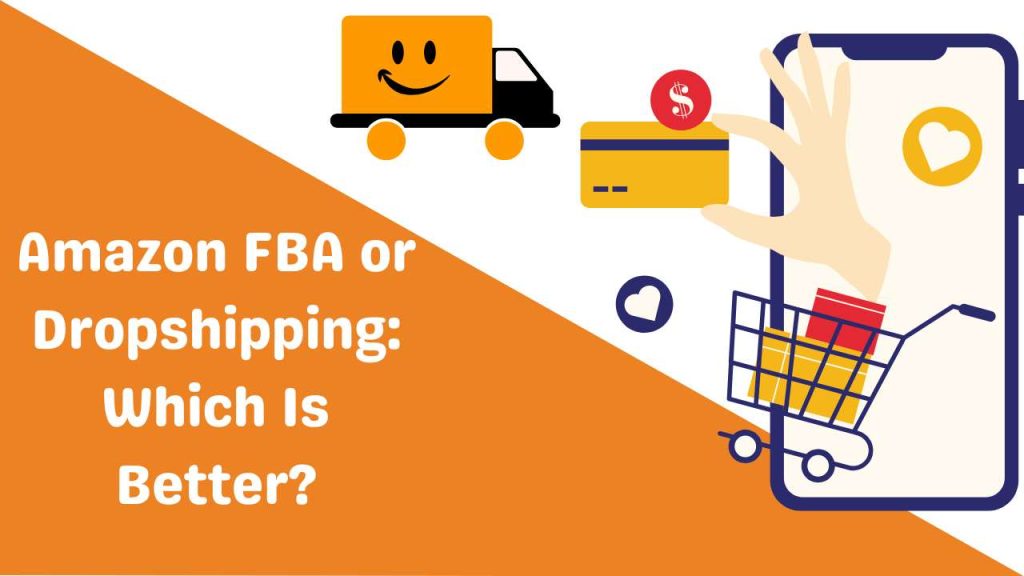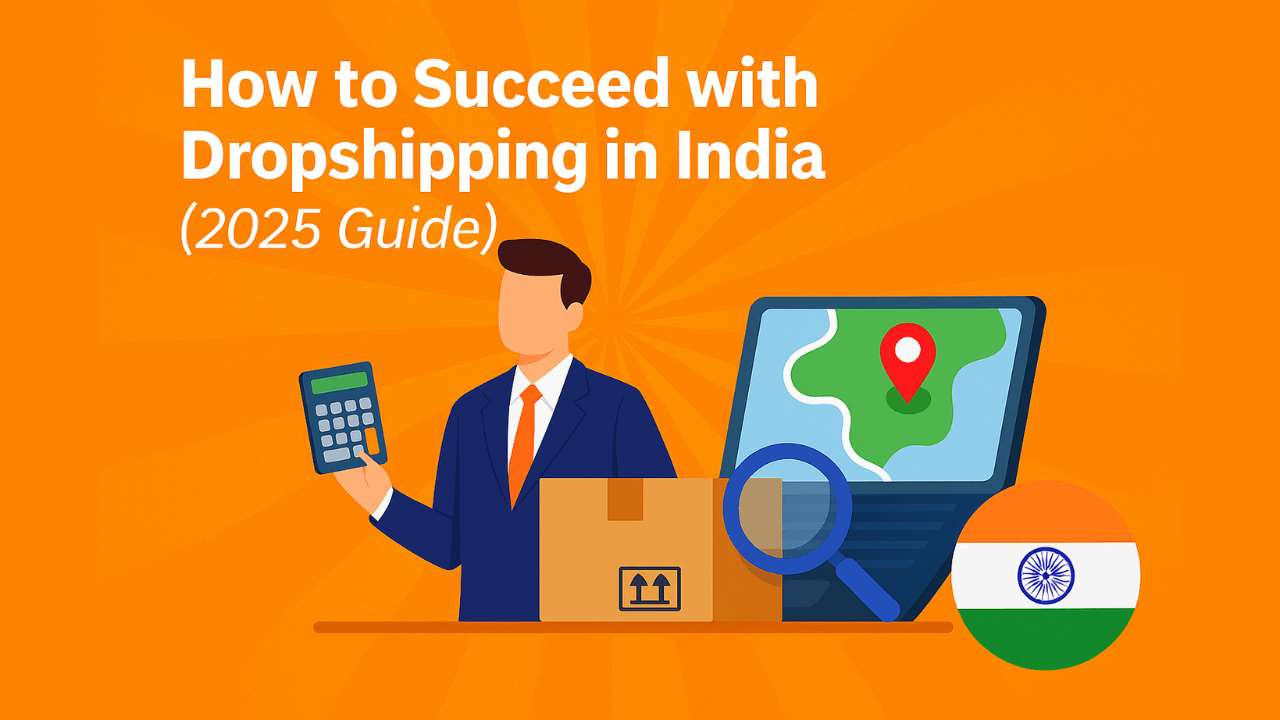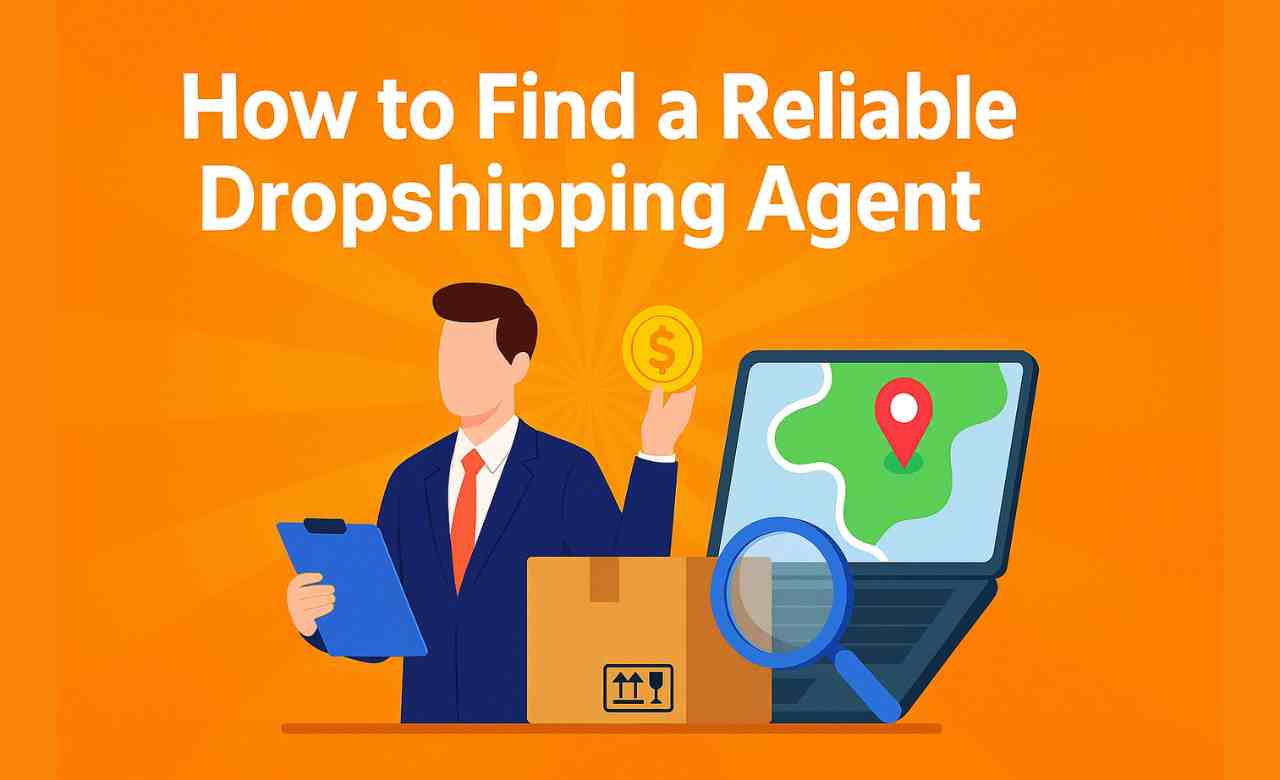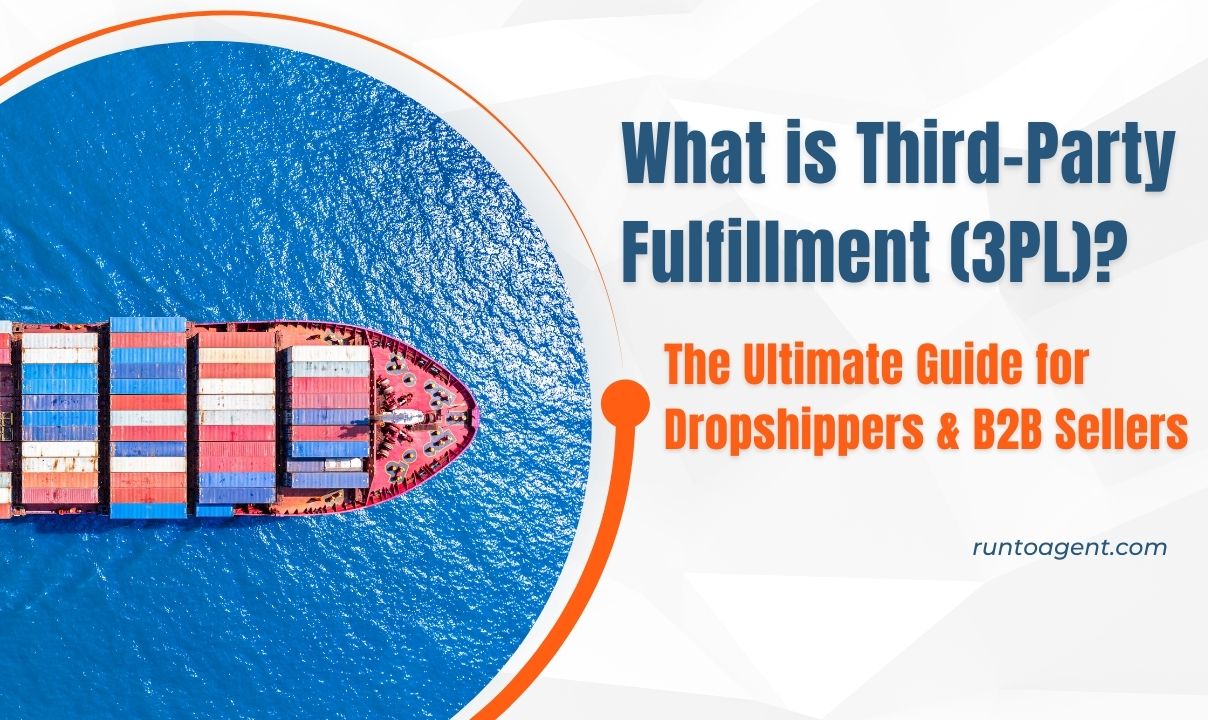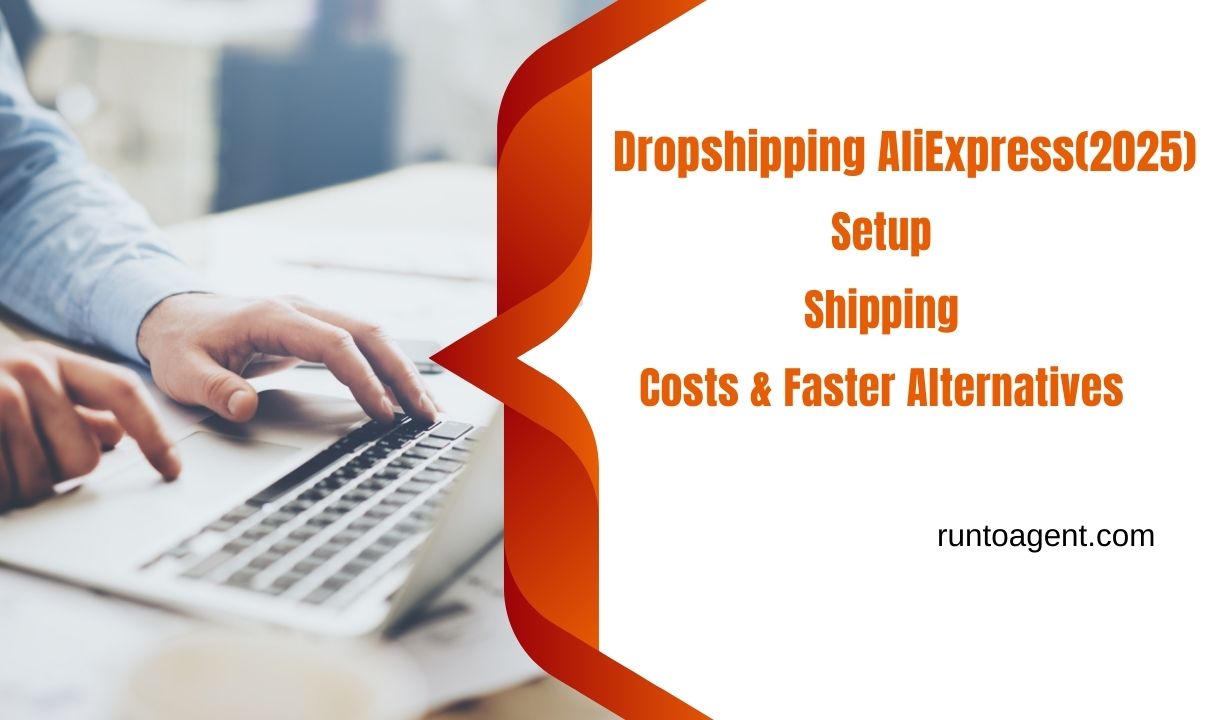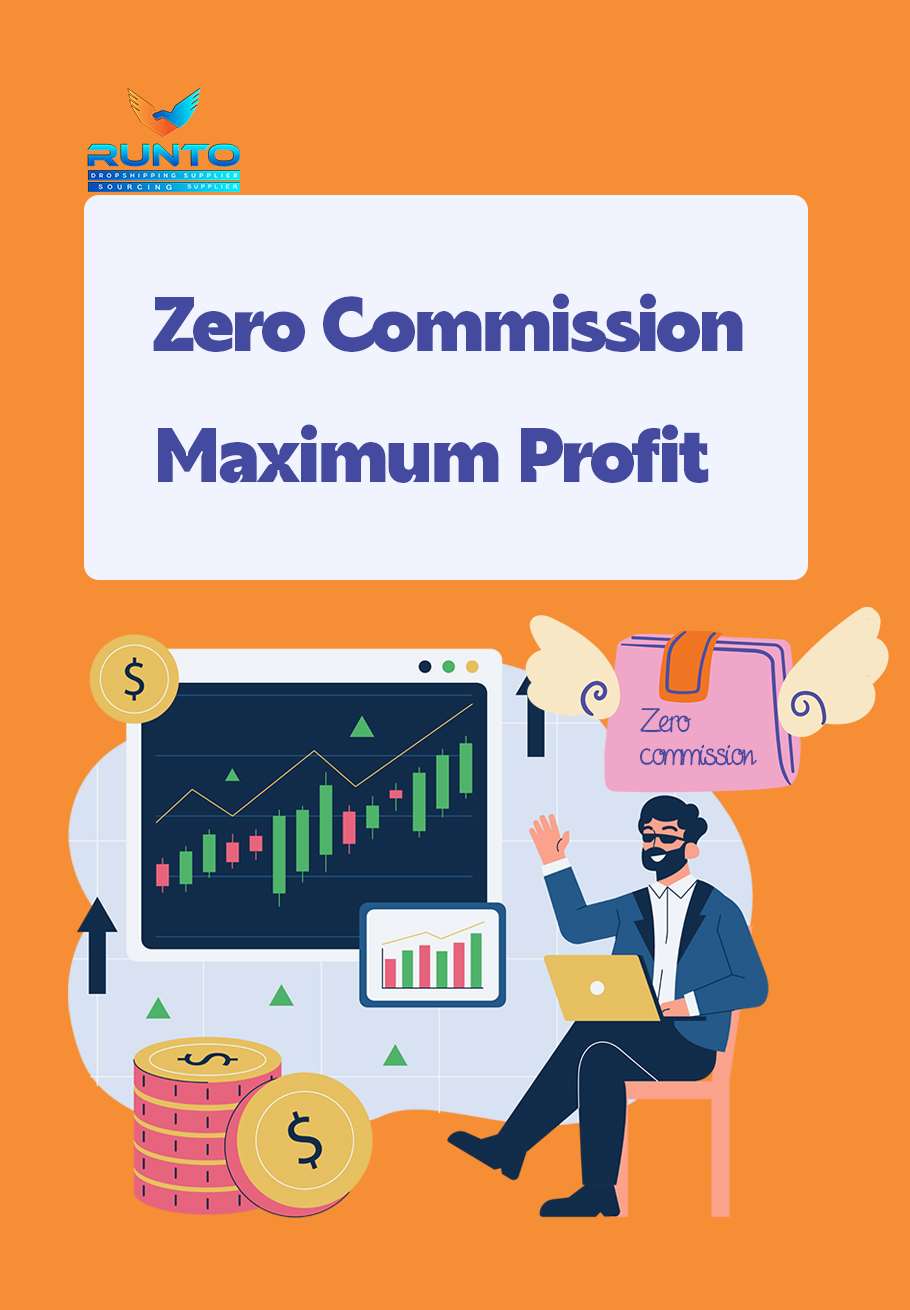In the ever-evolving e-commerce landscape, entrepreneurs often find themselves deciding between two prevalent business models: Amazon FBA and dropshipping. Understanding the nuances of each model is essential for making informed decisions that align with business goals. This article aims to dissect both Amazon FBA and dropshipping in detail, highlighting their workings, differences, startup costs, profit margins, and marketing strategies. By the end, you’ll get a clear picture of which model may best suit your entrepreneurial journey.
1. What Is Amazon FBA and How Does It Work?
Amazon FBA, or Fulfillment by Amazon, is a service that allows sellers to store their products in Amazon’s fulfillment centers. What’s the real story? Once an order is placed on Amazon, the company takes care of the storage, packaging, and shipping of the product further ensuring a seamless experience for both sellers and customers. This means sellers can focus on sourcing and marketing their products without the logistical headaches of order fulfillment.
Utilizing Amazon FBA comes with several benefits. Firstly, by leveraging Amazon’s vast distribution network, sellers can provide quick shipping options to customers, which is essential in today’s fast-moving market. Products listed under the FBA program also become eligible for Amazon Prime, increasing their visibility and attractiveness to Prime members who prefer fast delivery.
Consider this: according to a report by Amazon, FBA sellers typically experience a 30% increase in sales compared to non-FBA sellers, highlighting the importance of utilizing this program. Moreover, Amazon handles customer service and returns, freeing sellers from these time-consuming tasks. However, sellers must remember that FBA comes with its own set of fees, including storage fees, fulfillment fees, and additional charges that may apply during peak seasons.
In summary, Amazon FBA is an excellent option for entrepreneurs looking to leverage Amazon’s infrastructure to optimize their sales process while ensuring excellent customer service.
| Feature | Amazon FBA |
|---|---|
| Inventory Management | Amazon stores products |
| Shipping | Handled by Amazon |
| Customer Service | Managed by Amazon |
| Eligible for Prime | Yes |
| Fee Structure | Fulfillment and storage fees |
2. What Is Dropshipping and How Does It Work?
Dropshipping has become a popular model, particularly among new entrepreneurs entering the e-commerce space. In essence, dropshipping allows sellers to sell products without holding any inventory. Instead of storing products, sellers create an online store and list items available from third-party suppliers. But here’s the kicker: when a customer places an order, the seller purchases the item from the supplier, who then ships it directly to the customer. This means the seller never sees the product physically, minimizing financial risks associated with unsold inventory.
One of the most appealing aspects of dropshipping is its low startup cost. Sellers can launch their businesses with minimal investment since they do not need to purchase stock upfront. A typical dropshipping business can start for as little as a few hundred dollars, primarily spending on website hosting and marketing.
Moreover, dropshipping provides flexibility. Sellers can quickly pivot to new products based on market trends without the burden of managing inventory. However, it also comes with challenges. Suppliers may not have reliable shipping times, resulting in potential delays that can frustrate customers. Moreover, as a seller, you may have less control over product quality and stock availability, which can adversely affect customer satisfaction.
Overall, dropshipping can be a lucrative business model, especially for those looking to enter the e-commerce space with minimal financial risk.
| Feature | Dropshipping |
|---|---|
| Inventory Management | No inventory held |
| Shipping | Handled by supplier |
| Customer Service | Seller manages inquiries |
| Flexibility | High; easy to add/remove products |
| Startup Cost | Low; minimal investment |
3. What Are the Key Differences Between Amazon FBA and Dropshipping?
When considering Amazon FBA vs. dropshipping, it’s essential to understand their fundamental differences. Firstly, inventory management is a significant factor. FBA sellers store products at Amazon’s warehouses, allowing for efficient order fulfilment. Conversely, dropshippers do not maintain inventory, relying entirely on third-party suppliers.
Another critical difference lies in the fulfillment process. Amazon takes care of all aspects from storage to shipping, providing a consistent and streamlined experience. In contrast, dropshippers need to coordinate with suppliers for shipment, which may lead to variability in delivery speed and reliability.
Cost is also a point of differentiation. FBA involves various fees, including storage, fulfillment, and additional charges during peak seasons, which can add up. Meanwhile, dropshipping typically incurs initial costs for setting up an online store, ongoing marketing, and possibly transaction fees on sales, but it avoids large inventory expenses.
Lastly, customer service expectations differ greatly. With FBA, Amazon manages customer inquiries and issues, providing a robust support system. Dropshipping sellers have to handle customer service themselves, which can be time-consuming and might lead to inconsistent service quality. Understanding these differences can help entrepreneurs make informed decisions that align with their business strategies.
| Aspect | Amazon FBA | Dropshipping |
|---|---|---|
| Inventory Management | Stored by Amazon | No inventory held |
| Fulfillment Process | Amazon handles it | Seller manages shipments |
| Cost Structure | Various fees | Low startup costs |
| Customer Service | Managed by Amazon | Seller handles inquiries |
4. How Do Profit Margins Compare in Amazon FBA and Dropshipping?
Understanding profit margins in e-commerce is essential for entrepreneurs aiming to make the right choice between Amazon FBA and dropshipping. Amazon FBA can offer good margins, particularly when sellers optimize their listings and achieve high sales volumes. On average, FBA sellers can expect profit margins around 15% to 30%, depending on the product category and competition. Key factors impacting these margins include Amazon fees, cost of goods sold, and overheads related to marketing.
What’s the real story? On the other hand, dropshipping profit margins tend to be lower, often ranging from 10% to 20%. This can be attributed to increased competition in the dropshipping landscape, which often drives prices down. Sellers have limited control over product pricing, as they rely on supplier pricing and availability. However, one notable advantage of dropshipping is the lower overhead costs associated with not holding inventory, which can help balance profitability if managed correctly.
While both models can be lucrative under the right circumstances, dropshipping typically has lower profit margins due to market saturation and competitive pricing pressure. Furthermore, dynamic pricing strategies and understanding market demands can help sellers on both sides maximize their profits.
| Profit Margin Range | Amazon FBA | Dropshipping |
|---|---|---|
| Estimated Margin | 15% – 30% | 10% – 20% |
| Factors Influencing Margin | Amazon fees, COGS | Supplier pricing, competition |
| Control Over Pricing | Moderate | Limited |
5. What Are the Startup Costs Associated with Amazon FBA?
Starting an Amazon FBA business involves various costs that aspiring sellers should be aware of. The initial investment generally includes the cost of purchasing inventory, which can range greatly depending on the product category. A typical Amazon seller might spend anywhere from 5,000 initially to build a competent stock level, especially within competitive markets.
This is where it gets interesting: beyond inventory costs, sellers must account for additional expenses associated with FBA. These may include:
- Fulfillment Fees: Amazon typically charges 5.00 per unit for fulfillment, based on the product’s size and weight.
- Storage Fees: Monthly fees can vary from 2.40 per cubic foot, depending on the time of year, with increased costs during peak seasons.
- Marketing Costs: Running effective advertising campaigns on Amazon can significantly enhance visibility, necessitating a budget of anywhere from 2,000 monthly.
- Professional Selling Plan: Sellers opting for a professional plan must pay a monthly fee of $39.99, which is necessary for those anticipating high sales volumes.
In total, new sellers should expect to invest between 10,000 in their first few months to run a successful Amazon FBA business. Understanding these costs is crucial for financial planning and long-term sustainability.
| Expense Type | Estimated Cost Range |
|---|---|
| Inventory Costs | 5,000 |
| Fulfillment Fees | 5.00 per unit |
| Storage Fees | 2.40 per cubic foot |
| Marketing Costs | 2,000 monthly |
| Professional Selling Plan | $39.99 monthly |
6. What Are the Startup Costs Associated with Dropshipping?
When it comes to dropshipping, the upfront costs are considerably lower than traditional retail models like Amazon FBA. One of the biggest advantages is that sellers do not need to invest heavily in inventory upfront. In fact, one can start a dropshipping business for as little as 500, depending on the niche and chosen supplier.
But here’s the kicker: while initial startup costs are low, sellers should still account for several essential expenses. These may include:
- Website Development: Setting up an online store typically costs between 299 per month, depending on the platform chosen, like Shopify or WooCommerce.
- Domain Name Registration: Expect to pay around 20 per year for a domain name, a small yet critical investment in your brand.
- Marketing Costs: To attract customers, a rough monthly budget for online marketing ranges from 1,000 for social media ads, Google Ads, or influencer marketing.
- Transaction Fees: Depending on the payment gateway, sellers may incur transaction fees ranging from 2% to 5% per sale, affecting profit margins.
In total, aspiring dropshippers should plan to invest between 2,500 to launch and sustain their business in the first few months. By understanding these costs, sellers can effectively manage their budgets and adjust their strategies to ensure long-term growth.
| Expense Type | Estimated Cost Range |
|---|---|
| Website Development | 299 monthly |
| Domain Name Registration | 20 annually |
| Marketing Costs | 1,000 monthly |
| Transaction Fees | 2% – 5% per sale |
7. How Do Customer Service Expectations Differ Between Amazon FBA and Dropshipping?
Customer service is a crucial component of e-commerce that can make or break a brand’s reputation. In the case of Amazon FBA, the service is largely managed by Amazon itself. FBA sellers may benefit from Amazon’s well-established customer service framework, which includes handling inquiries, processing returns, and managing customer feedback. This can alleviate pressure on sellers and lead to higher customer satisfaction.
What’s the real story? Customer service for dropshippers, however, can present more challenges. Since dropshipping sellers handle their own customer service, they must deal with inquiries and complaints independently. This can be time-consuming and requires a thorough knowledge of both products and supplier processes.
Dropshipping sellers must also address issues such as shipping delays directly with customers, which can sometimes lead to dissatisfaction if a supplier fails to deliver on time. Good communication and prompt responses become essential to maintaining customer trust.
Knowing that customer experience is vital for repeat business, dropshippers can invest in customer relationship management (CRM) tools and training to strengthen their approach. Having a responsive customer service strategy can significantly mitigate common challenges, enhancing overall satisfaction for dropshipping businesses.
| Aspect | Amazon FBA | Dropshipping |
|---|---|---|
| Customer Inquiry Management | Handled by Amazon | Seller manages inquiries |
| Returns Process | Managed by Amazon | Seller handles returns |
| Communication | Amazon’s customer service system | Seller responsible |
8. What Are the Legal and Tax Considerations for Each Model?
When starting any business, understanding the legal and tax obligations is essential. For Amazon FBA sellers, the legal implications primarily involve agreeing to Amazon’s terms of service, adhering to product safety regulations, and understanding sales tax obligations. Sellers are responsible for collecting sales tax in states where they have a significant presence (nexus).
Ready for the good part? Additionally, sellers are required to maintain proper records of transactions for tax purposes, which includes tracking sales and expenses consistently to prepare for tax filing.
On the other hand, dropshippers also face their own set of considerations. They must ensure that the products they promote comply with relevant laws and regulations, particularly in sectors such as health and beauty, which often have stricter requirements. Sellers need to verify that suppliers are reputable and legally compliant with the products they offer.
Dropshippers also have to navigate sales tax based on the physical presence of their business. This can become complex, especially when selling into multiple states, and sellers may consider consulting a tax professional to navigate these requirements effectively.
Overall, understanding the legalities involved in both business models can prevent costly mistakes and ensure longevity.
| Consideration | Amazon FBA | Dropshipping |
|---|---|---|
| Legal Obligations | Comply with Amazon’s terms | Ensure product compliance |
| Sales Tax | Collect based on nexus | May vary depending on location |
| Record Keeping | Maintain sales and expenses | Critical for tax purposes |
9. How Does Inventory Management Work in Amazon FBA?
Inventory management is a crucial aspect of the Amazon FBA business model. When sellers opt for FBA, they send their products to Amazon’s fulfillment centers, where the inventory is stored until sold. Amazon uses sophisticated tracking and logistics systems to manage these stocks, ensuring that products are available for prompt fulfillment.
This is where it gets interesting: sellers must carefully monitor inventory levels to avoid running out of stock, as this can lead to lost sales and negatively impact product rankings. Amazon provides sellers with tools to forecast inventory needs, which can assist in making timely inventory replenishments.
Moreover, sellers are subject to storage fees based on the inventory levels stored in Amazon’s warehouses, meaning managing inventory effectively directly impacts profitability. Excess stock can incur long-term storage fees, leading sellers to balance keeping sufficient inventory on hand without overstocking.
In cases where sellers are new to the FBA process, utilizing Amazon’s guidelines and tools will be instrumental in establishing optimal inventory management practices. By effectively managing inventory, sellers can maximize operational efficiency and profitability.
| Inventory Aspect | Amazon FBA |
|---|---|
| Storage Management | Handled by Amazon |
| Forecasting Tools | Provided within the platform |
| Fees | Monthly storage fees apply |
10. How Does Inventory Management Work in Dropshipping?
In contrast to Amazon FBA, inventory management in dropshipping can be quite different. Since dropshippers do not hold inventory, they rely on suppliers to maintain stock levels. This can result in a lack of direct control over inventory, making it crucial for sellers to choose reliable suppliers who can provide real-time stock updates.
What’s the real story? Effective inventory management becomes dependent on communication with suppliers, and sellers often utilize software tools that can sync their online store with supplier stock levels. This helps mitigate the risk of overselling products that may be out of stock.
Another critical consideration for dropshippers is ensuring product availability. Without an organized system in place, sellers may face delays in shipping times due to supplier inventory issues. Customers are likely to perceive these delays negatively, which can affect their loyalty and potentially lower their likelihood of returning.
To mitigate these risks, dropshippers should establish relationships with multiple suppliers to ensure that alternative options are available should one supplier face inventory issues. This diversified approach can enhance reliability for consumers.
| Inventory Aspect | Dropshipping |
|---|---|
| Control Over Inventory | Limited; relies on suppliers |
| Supplier Communication | Essential for maintaining stock |
| Software Usage | Sync with supplier stock levels |
11. What Are the Marketing Strategies for Amazon FBA Sellers?
Marketing plays a vital role in the success of Amazon FBA sellers. To stand out in a marketplace filled with competitors, sellers must implement robust marketing strategies that drive visibility and sales. A centerpiece of these efforts is search engine optimization (SEO) within the product listings. Uses of targeted keywords in product titles and descriptions can significantly elevate visibility on Amazon search results.
This is where it gets interesting: utilizing Amazon’s advertising tools can also amplify reach. Sponsored Products ads allow sellers to bid on keywords, showcasing their products atop search result pages, directly targeting customers actively searching for similar items.
Moreover, leveraging social media platforms to promote products can expand audiences beyond Amazon. Building a brand presence on platforms like Instagram, Facebook, and Pinterest can drive traffic to the Amazon listings, capitalizing on potential customer engagement. This can be particularly effective for niches that lend themselves well to visual marketing.
Lastly, collecting and showcasing customer reviews boosts credibility and trust among potential buyers. A seller’s ability to obtain positive ratings and review feedback also directly influences product rankings on Amazon, further enhancing visibility.
| Strategy | Description |
|---|---|
| SEO Optimization | Keywords in titles/descriptions |
| Sponsored Products | Amazon’s advertising functionality |
| Social Media Marketing | Promote brand presence online |
| Customer Reviews | Collect and showcase feedback |
12. What Are the Marketing Strategies for Dropshipping Businesses?
Marketing for dropshipping businesses requires a different approach compared to Amazon FBA sellers. One key strategy is leveraging content marketing. By creating informative blog posts, videos, or other forms of content, dropshippers can draw traffic to their sites while addressing customer pain points. This approach helps build authority and nurtures customer trust.
But here’s the kicker: social media marketing is also essential for dropshipping success. Utilizing platforms like Facebook and Instagram enables sellers to showcase products through engaging visuals and influencer partnerships. Engaging with followers through interactive content can strengthen community and foster brand loyalty.
Email marketing is another key avenue for dropping businesses. Building a subscriber list allows sellers to send product updates, promotional offers, or educational content directly to interested customers, enhancing conversion rates.
Moreover, utilizing pay-per-click advertising can drive targeted traffic to a dropshipping site. By bidding on relevant keywords, sellers can attract potential buyers actively searching for specific products, making their ads visible.
In a competitive landscape, dropshippers must be creative and use various marketing channels to reinforce their presence and grow their customer base. Diversifying marketing efforts provides a safety net that can protect against fluctuations in any single channel’s effectiveness.
| Strategy | Description |
|---|---|
| Content Marketing | Create valuable, informative content |
| Social Media Engagement | Showcase products via social platforms |
| Email Marketing | Build subscriber lists for promotions |
| Pay-Per-Click Advertising | Drive targeted traffic through ads |
13. What Are the Risks Involved with Amazon FBA?
Though Amazon FBA provides many benefits, it doesn’t come without risks. One significant risk is stock management, where sellers can face storage fees if inventory isn’t sold quickly enough. Excessive or unsold inventory can also lead to long-term storage fees that can cut into profits.
What’s the real story? Competition is another area of concern. With thousands of sellers using FBA, it is crucial to differentiate products effectively. Failure to do so can result in price wars and shrinking profit margins, decreasing overall revenue.
Additionally, Amazon can change its policies or fees with little notice, affecting seller profitability. This unpredictability requires sellers to remain aware of any updates that could impact their business operations.
Lastly, there is a risk associated with customer satisfaction. Although Amazon handles returns and support, if customers have a negative experience due to shipping delays or product misrepresentation, they can leave negative feedback that could hurt your seller performance and account health.
Overall, while Amazon FBA can streamline processes, sellers must be conscientious about potential risks and always have contingency plans in place.
| Risk | Description |
|---|---|
| Stock Management | Possible excess inventory and storage fees |
| Competition | Price wars and margin erosion |
| Policy Changes | Amazon’s unpredictability regarding terms |
| Customer Satisfaction | Negative reviews can harm seller performance |
14. What Are the Risks Involved with Dropshipping?
Dropshipping presents unique challenges that sellers must navigate carefully. One primary risk is the reliability of suppliers. If suppliers fail to fulfill orders correctly or on time, it reflects poorly on the dropshipper, damaging customer relationships and brand reputation.
But here’s the kicker: another significant risk involves profitability. Since dropshippers often operate on lower profit margins, any increases in supplier prices can directly impact profit potential. Adverse price changes can necessitate raising retail prices, potentially leading to lost sales if consumers don’t find value in the new price point.
Moreover, managing customer expectations can be tricky. Shipping times can vary depending on the supplier’s location, and customers may become dissatisfied if they receive products later than anticipated. Sellers must proactively communicate shipping times, but unforeseen delays are unavoidable and can lead to negative feedback.
Lastly, dropshipping success hinges on continuously analyzing market trends, supplier performance, and product viability. Without thorough monitoring, sellers risk becoming stagnant or irrelevant in a rapidly changing market, highlighting the need for adaptability throughout their business operations.
| Risk | Description |
|---|---|
| Supplier Reliability | Issues with fulfillment reflect on dropshipper |
| Profitability | Increases in costs can squeeze margins |
| Customer Expectations | Variability in shipping times can lead to dissatisfaction |
| Market Trends | Stagnation can occur without adaptation |
15. Which Model Is Best for Your Business Goals?
Choosing between Amazon FBA and dropshipping ultimately hinges on your business goals and individual circumstances. If speed, ease of logistics, and customer service are paramount, Amazon FBA might be the best option. The robust support Amazon provides through its fulfillment centers allows sellers to focus on marketing and scaling their business.
Ready for the good part? Conversely, if you have a keen interest in helping nurture a brand with lower financial risk, dropshipping could be a more suitable choice. The low upfront investment and flexibility in product offerings can make it easier to pivot and find success within niche markets.
It’s essential to conduct a thorough self-assessment and understand your strengths, weaknesses, and resources before deciding. Consider factors such as your ability to handle customer service, your willingness to invest in inventory management, and your long-term vision for your business.
In summary, both Amazon FBA and dropshipping have unique advantages and challenges. By weighing these aspects against your aspirations and capabilities, you can choose a path that is most likely to lead you to success.
| Consideration | Amazon FBA | Dropshipping |
|---|---|---|
| Logistics | Managed by Amazon | Seller responsible |
| Upfront Investment | Higher due to inventory | Lower; no inventory held |
| Customer Service | Handled by Amazon | Seller-managed |
| Flexibility | Limited | High |
FAQ Section
Q1: What is Amazon FBA? Amazon FBA (Fulfillment by Amazon) is a service that allows sellers to store their products in Amazon’s fulfillment centers, where Amazon handles storage, packaging, and shipping, providing a seamless customer experience.
Q2: How does dropshipping work? Dropshipping is a retail fulfillment method where a store doesn’t keep the products it sells in stock. Instead, when a store sells a product, it purchases the item from a third party and has it shipped directly to the customer.
Q3: What are the key differences between Amazon FBA and dropshipping? Key differences include inventory management, fulfillment processes, cost structures, and customer service responsibilities between the two models.
Q4: What are the startup costs associated with Amazon FBA? Startup costs for Amazon FBA include inventory, shipping, storage fees, and various Amazon-related costs. Buyers should be aware of hidden fees as well.
Q5: What are the risks involved with dropshipping? Risks in dropshipping include issues with supplier reliability, inconsistent product quality, and challenges in inventory management, all of which can impact customer satisfaction and business viability.

